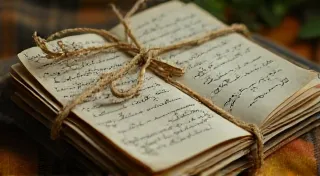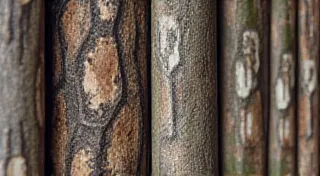The Weight of Paper: Considering the Impact of Paper Choice on Binding Durability
There's a particular feeling that washes over me when I handle an antique accordion. Not just the tactile pleasure of worn leather and the satisfying click of unfolding pages, but a deep, almost reverent respect. It's a connection to the hands that crafted it, the stories it holds within, and the incredible patience required to preserve it. These objects, so seemingly simple, are miniature testaments to the interplay of materials and skill, and the crucial, often overlooked, role of paper.
We, as leather bookbinders, are artisans of longevity. We aren't simply assembling pages; we’s building vessels for ideas, preserving knowledge, and creating heirlooms. And at the heart of that preservation lies the paper itself. It’s easy to get lost in the romance of tooling a spine, the precise satisfaction of a perfectly executed stitch, or the rich aroma of tanned leather. But a beautifully bound book made with fragile, unsuitable paper is destined to crumble, regardless of the artistry applied.
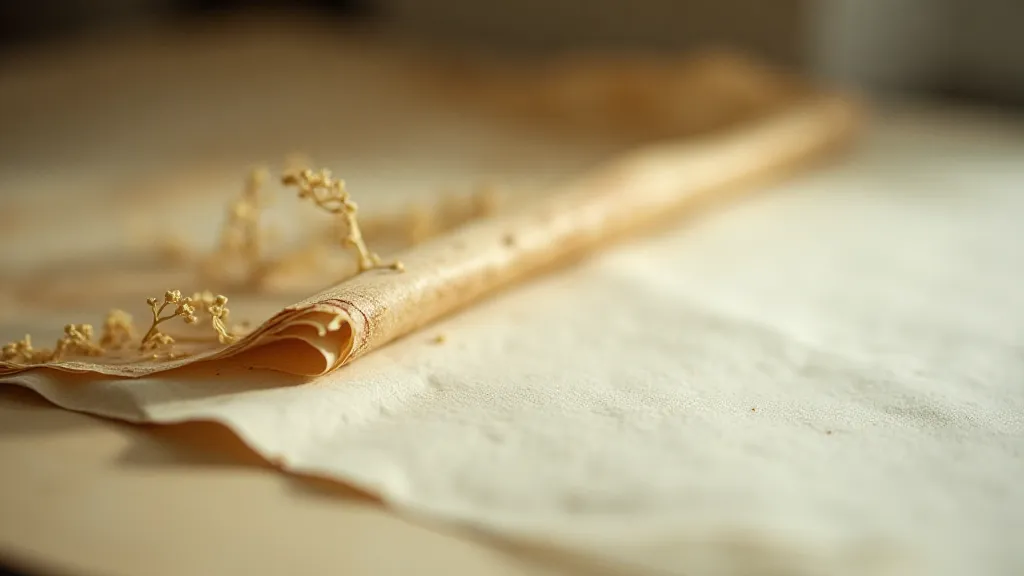
The Historical Perspective: Parchment and Beyond
Historically, paper wasn's the readily available commodity it is today. For centuries, parchment – meticulously prepared animal skin – was the material of choice for high-value books. The expense and labor involved in producing parchment dictated the content of those volumes: religious texts, legal documents, and works of profound importance. Parchment, unlike early paper, possessed remarkable durability; it could be written on and erased repeatedly without significant degradation. This inherent strength contributed greatly to the survival of countless historical manuscripts.
The invention of paper in China and its subsequent spread westward gradually shifted the landscape. Early paper, while initially less durable than parchment, offered a more accessible alternative, democratizing access to written knowledge. However, the quality varied wildly. The paper mills of Europe were initially struggling to replicate the strength and longevity of their Eastern counterparts. The paper of the Renaissance, while beautiful in its own right, was often far more susceptible to acid degradation than the parchment that preceded it. Understanding these historical choices informs our modern approach – each binding a conversation across centuries.
Modern Paper Choices: Acid-Free vs. Wood Pulp
Today, we have a bewildering array of paper options. The ubiquitous wood pulp paper, while inexpensive, presents a significant problem: acidity. Wood pulp contains lignin, a compound that breaks down over time, releasing acid and causing the paper to yellow, become brittle, and ultimately disintegrate. A lovely leather binding can only do so much to protect paper actively degrading from within. The structural integrity of the binding, as discussed in "The Spine’s Lament: Reflections on Structural Integrity in Leather Bindings", is intimately linked to the inherent qualities of the paper it supports. A weakened paper can compromise even the most meticulously crafted binding.
The solution, embraced by modern archival practices and bookbinders dedicated to longevity, is acid-free paper. These papers are typically made from mechanically purified pulp and chemically treated to neutralize any residual acidity. They often incorporate calcium carbonate or magnesium carbonate as buffering agents, which actively absorb acids and prevent degradation. The result is paper that resists yellowing, retains flexibility, and will last for centuries – a fitting companion to the enduring strength of a carefully crafted leather binding.
Paper Weight and Grain: Understanding the Technicalities
Beyond acid content, the weight and grain of paper are critical considerations. Paper weight, measured in grams per square meter (gsm), dictates the paper’s thickness and strength. A heavier weight generally provides greater stability and resistance to tearing, essential for books that will be frequently handled. Consider the demands of a The Binding as Sanctuary: Crafting Personal Notebooks as Spaces for Reflection – the paper must withstand not just writing, but repeated handling and potential erasing. The choice of paper significantly influences the overall user experience and the longevity of the finished piece.
The grain direction, determined by how the paper fibers are aligned during manufacturing, significantly influences its behavior when folded and bound. Folding against the grain will cause the paper to crack and distort, while folding with the grain allows for clean, crisp folds. Identifying the grain direction—often tested by gently bending a sheet in different directions—is a vital skill for any bookbinder.
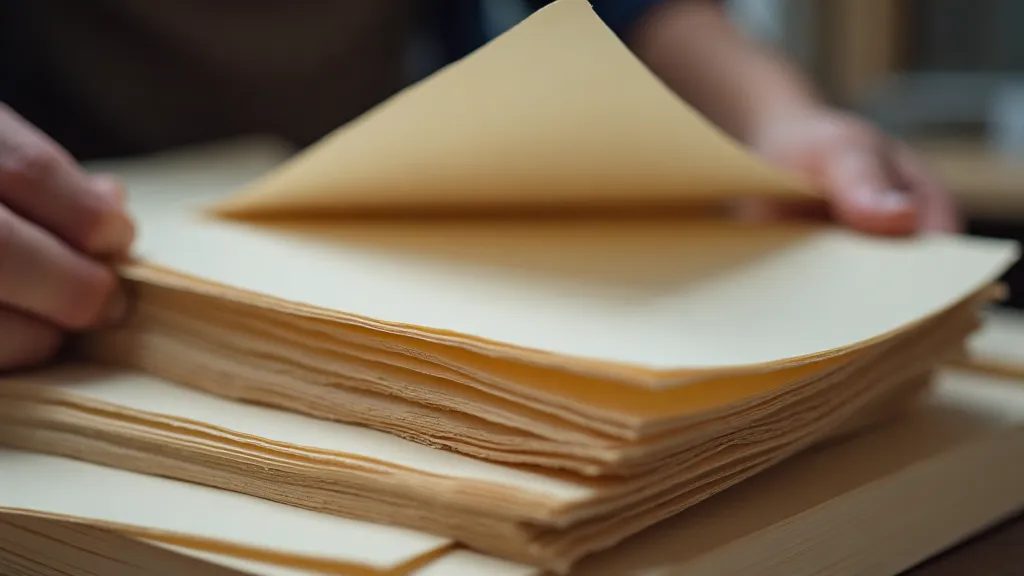
The Interplay of Paper and Binding Structure
The relationship between paper and binding structure is deeply intertwined. A robust, tightly pulled binding structure – like a tight kettle stitch – can exert considerable stress on the paper, particularly during opening and handling. Using a thicker, more durable paper is crucial to withstand this stress and prevent tearing or distortion. Conversely, a looser binding structure allows for more flexibility and reduces the pressure on the paper, but may not be suitable for thinner, more delicate papers. The visual aesthetic also plays a role – the color and texture of the paper become integral to the overall design.
Consider the challenge of binding a sketchbook. The paper needs to be thick enough to handle erasing and multiple layers of pencil or ink, yet flexible enough to lay flat. A thin, brittle paper would quickly fall apart under such treatment, while a rigid, thick paper would be difficult to work with and uncomfortable to use. The choice requires a careful balancing act.
Restoration and Collecting: A Different Perspective
Those involved in book restoration face a particularly delicate challenge. The goal isn’s just to preserve the existing paper, but to maintain the book’s historical integrity. Replacing original paper with modern acid-free paper, while extending the book’s lifespan, fundamentally alters its character and diminishes its historical value. Instead, conservation efforts often focus on stabilizing the existing paper, neutralizing acidity, and repairing tears – preserving as much of the original material as possible. The artistry of this process often mirrors the skill involved in The Embossed Impression: A Study in Decorative Leather Binding - demanding patience and precision to achieve a harmonious result.
Similarly, collectors often prioritize books with original paper, even if it exhibits some degree of degradation. The imperfections are seen as part of the book’s history, a testament to its age and the passage of time. A pristine, modern re-binding with acid-free paper, while aesthetically pleasing, may be less desirable to a serious collector. The decision to preserve or restore often hinges on a philosophical debate regarding authenticity and historical context.
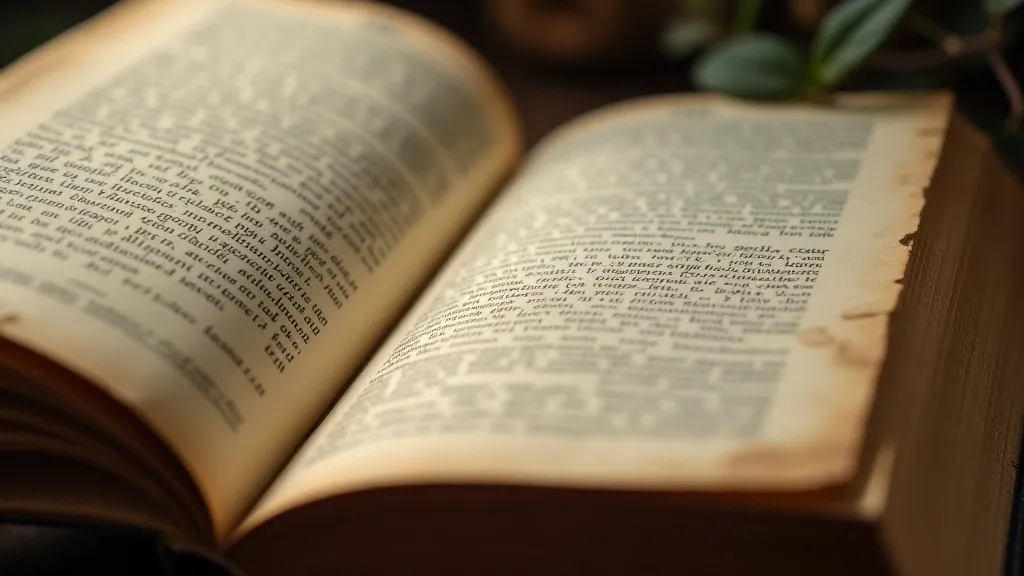
Beyond the Technical: The Artistic Significance of Paper
The choice of paper transcends mere functionality; it becomes a creative decision with profound artistic implications. The subtle texture of handmade paper, the warm hue of aged cotton, the crispness of a coated stock – each contributes to the overall aesthetic and tactile experience. Often, the paper itself becomes a focal point, its character complementing or contrasting with the richness of the leather binding. The relationship is a conversation between two mediums, each enhancing the other.
The Enduring Legacy of Craftsmanship
Ultimately, the choice of paper is a reflection of our values as bookbinders. Do we prioritize affordability and convenience, or do we embrace the principles of longevity and craftsmanship? The weight of paper, quite literally, carries the weight of our commitment to preserving knowledge, honoring tradition, and creating objects of lasting beauty. It's a detail often overlooked, but one that profoundly shapes the legacy we leave behind. The careful selection and thoughtful application of paper ensures that the stories contained within our bindings continue to resonate for generations to come—a silent testament to the enduring power of the written word and the skill of the artisan who brings it to life. The nuanced decisions involved in this craft—from grain direction to paper weight—demonstrate a dedication to both artistry and preservation, ensuring that the bound volume stands as a testament to enduring quality, much like the commitment to traditional coloration techniques explored in The Bookbinder’s Palette: Natural Dyes and Traditional Coloration Techniques.
